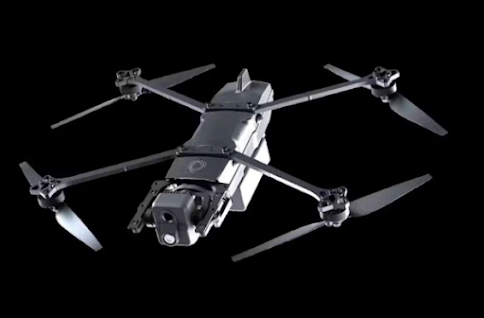What does the fighter radar on the transporter do?
The US Special Operations Command (SOCOM) has made a decision that many will find unexpected: they are installing fighter radars on their C-130 aircraft. We are talking about the AN/APG-83 SABR system from Northrop Grumman, the same one that is used on upgraded F-16 fighters. This is not just a replacement for outdated electronics, but a major breakthrough in the capabilities of machines that fly in the most dangerous areas.
Now these planes will be able to see threats earlier, more clearly and act more accurately.
The APG-83 SABR is not just an upgrade, but a leap forward
The old radars on the AC-130J, MC-130J and HC-130J have long been obsolete. They did a poor job of detecting targets in difficult conditions, especially when flying low or in interference conditions. The APG-83 is an active phased array antenna (AFAR) that operates quickly, accurately, and is resistant to suppression.
He is able to simultaneously track air and ground targets, build detailed radar maps of the area and even helps in pointing weapons. In fact, this is the brain of a modern fighter, transplanted into the onboard system of a transport aircraft.
Where will the new radar be installed
APG-83 radars will be used for three key modifications of the C-130J:
- The AC-130J Ghostrider is an attack aircraft with guns and missiles that operates at night and behind enemy lines.
- The MC-130J Commando II is a special forces entry and evacuation vehicle that often flies in difficult conditions.
- HC-130J Combat King II is a rescue and refueling aircraft that operates in hot spots.
For all of them, survival is a top priority. The new radar dramatically increases the chances of seeing a missile, anti-aircraft gun, or interceptor before it's too late.
Why were special operations waiting for this
SOCOM aircraft often fly alone, without cover, in areas where air defense is tight and maneuver space is minimal. Outdated avionics reduced their effectiveness and increased the risks. Now, with the APG-83, they don't just get "better eyesight" — they get an advantage.
It's like giving a scout not binoculars, but a thermal imager with magnification and GPS. Such a step is not a whim, but a necessity. And now special operations can work more accurately, more safely and further from the front line.
Sources:
- The Aviationist (Sep 1 2025) — 147-radar buy to modernize AC-130J, MC-130J and HC-130J; AESA upgrade boosts survivability and mission sets.
- Aviation Week (Aug 28 2025) — USAF to swap mechanical AN/APN-241 radars for proven F-16-derived APG-83 AESA across 64 MC-130J, 39 HC-130J and 30 AC-130J aircraft.
- Twitter @TheAviationist — quick confirmation of the APG-83 SABR choice for SOCOM C-130s.
- HigherGov.com — contract notice for APG-83 components supporting the SOCOM C-130 radar upgrade program.
































.jpg)
